To see search results, type here and hit `Enter`
Faster Results
Unlimited Search Results with detailed torrent info
Secure Torrenting
Dive into the rich world of winemaking in this immersive exhibition, where the art and science of viticulture come to life.Explore how soil composition, microclimate nuances, and centuries-old traditions shape the unique character of wines from renowned regions across six continents.
Interactive displays bring to life the annual cycle of vineyard management, from winter pruning to autumn harvest, while state-of-the-art aroma stations allow visitors to experience the bouquet of various grape varietals. Guided tastings offer a curated sensory journey through legendary appellations, from the sun-drenched hills of Tuscany to the foggy valleys of Napa.
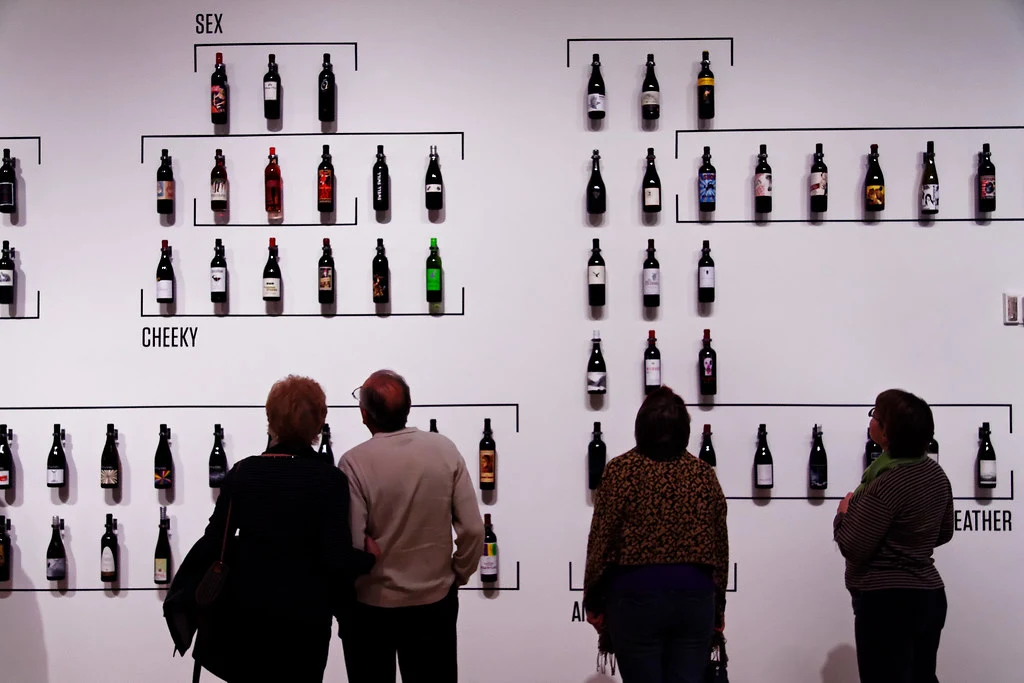


Discover the impact of barrel aging, learn about biodynamic practices, and unravel the mysteries of terroir as you traverse a global landscape of flavors, aromas, and winemaking philosophies. Whether you're a casual wine enthusiast or a seasoned oenophile, this exhibition promises to deepen your appreciation for the complex world in every glass of wine. This expanded description provides more specific details about the exhibition's content, highlights interactive elements, and gives a broader sense of the educational and sensory experiences visitors can expect. Would you like me to adjust or elaborate on any particular aspect of this description?
In our newsletter, we tell you about new exhibitions and events that you will be interested in attending
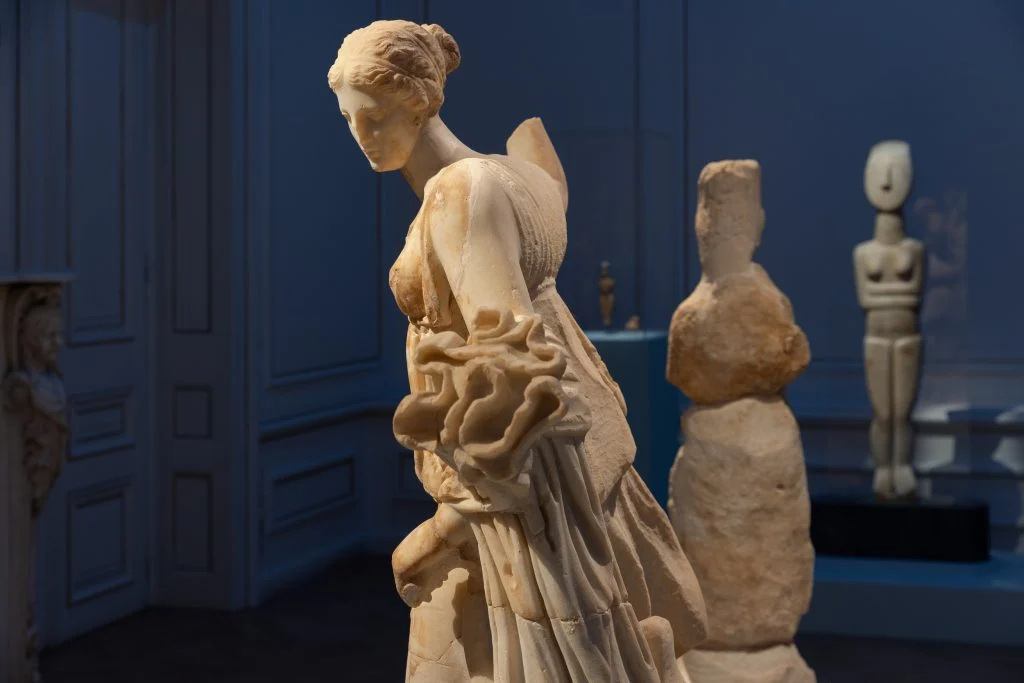
A new exhibition of 180 artworks and antiquities reveals gems of Cycladic art featuring goddesses, religious icons, and everyday women.
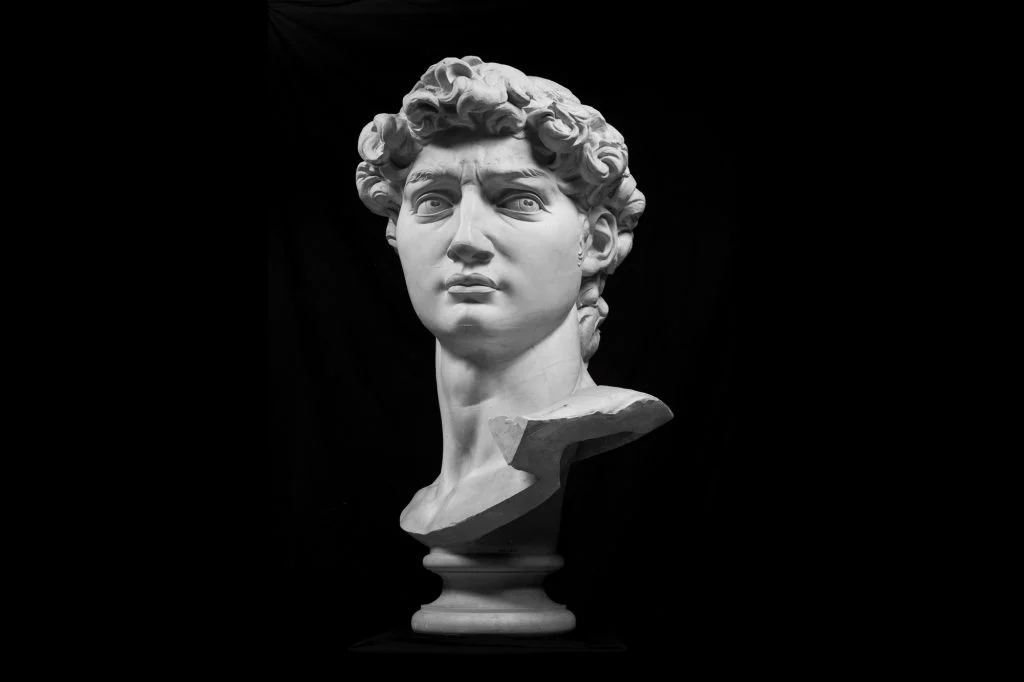
An experimental exhibition in Denmark is intended to spark debate about the future use of 3D-printed replicas in museums.
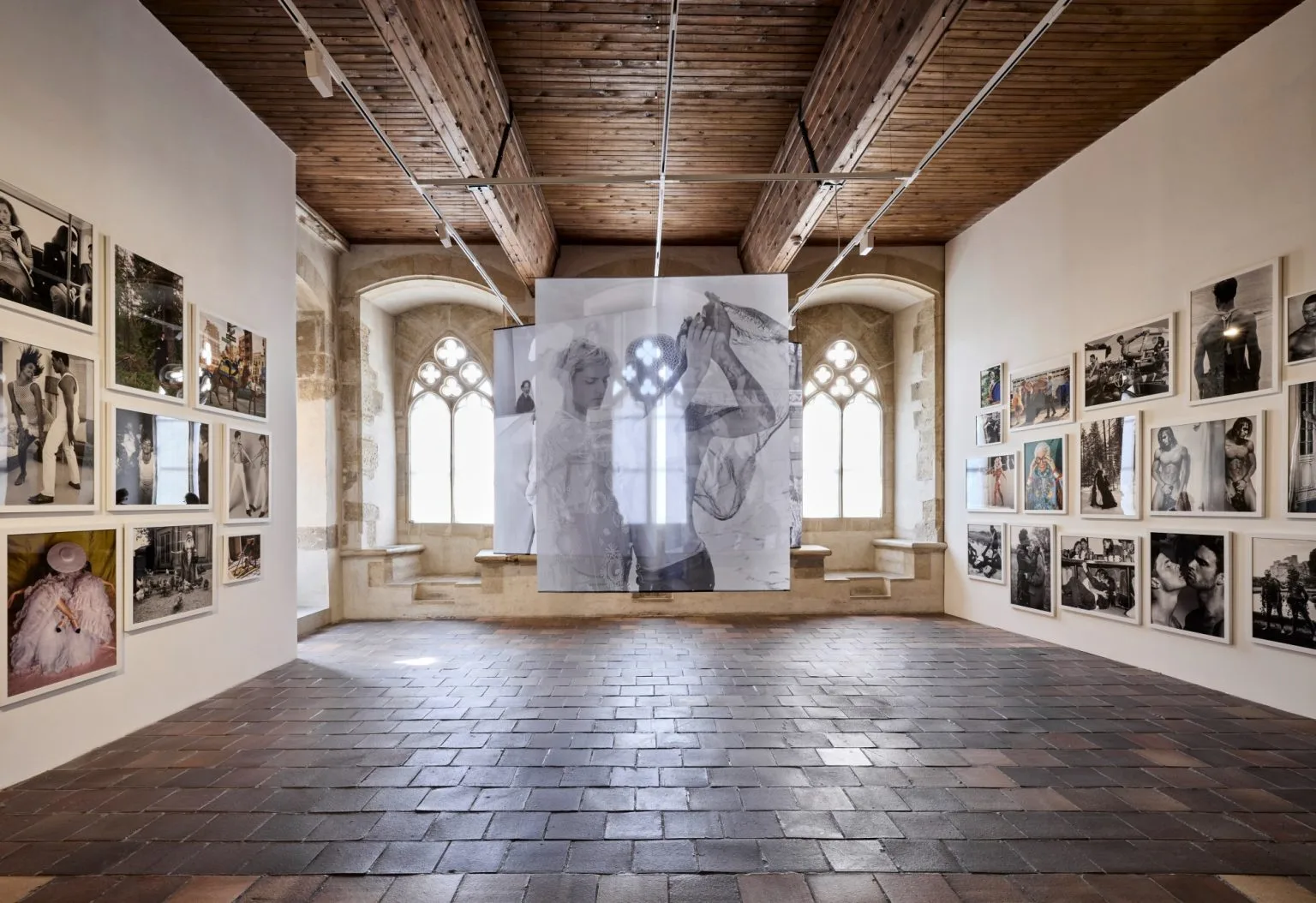
"Bruce Weber: My Education" brings together hundreds of images from the photographer's iconic body of work.
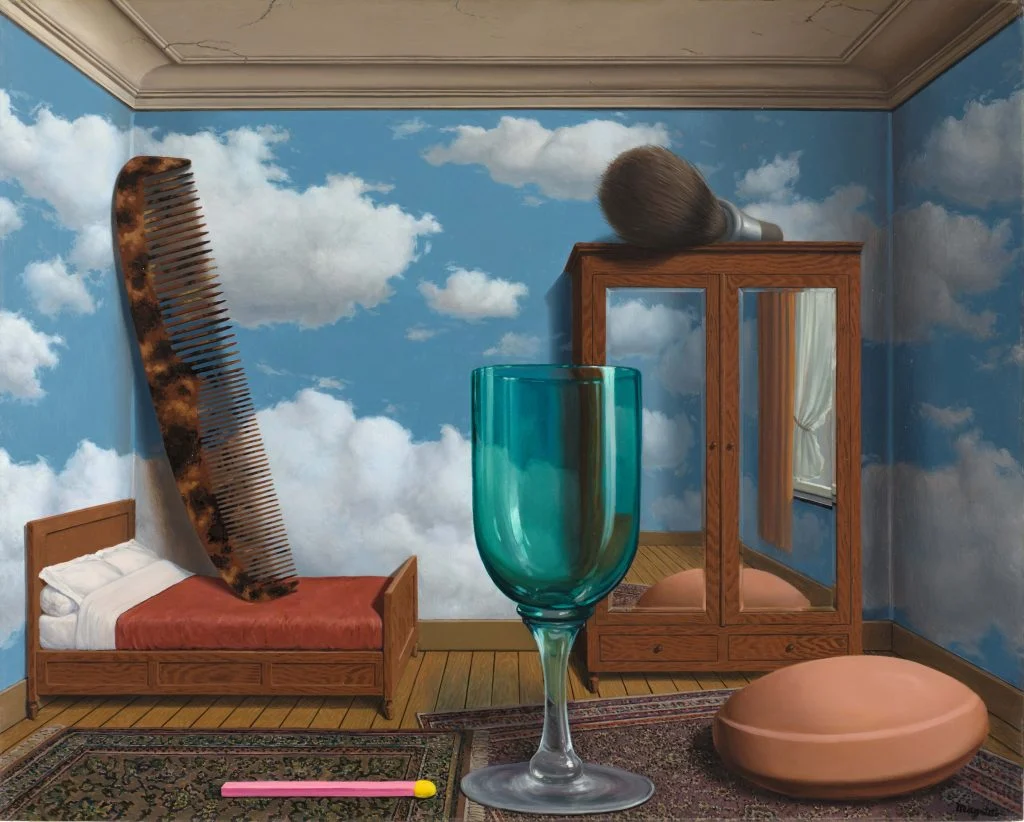
"These exhibitions defined the spirit of the year—for better or worse.
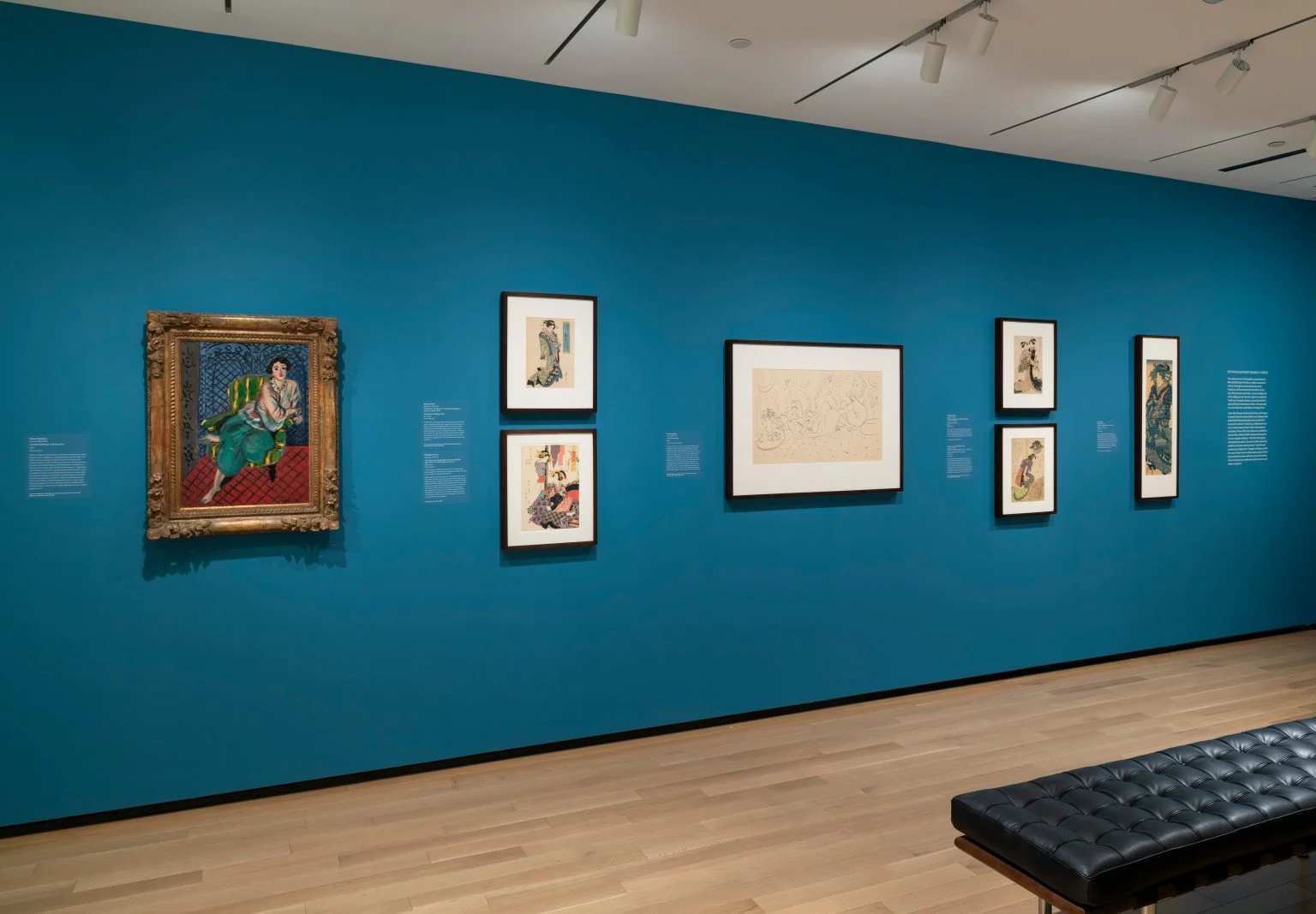
"The French artist was heavily influenced by the art of ukiyo-e.
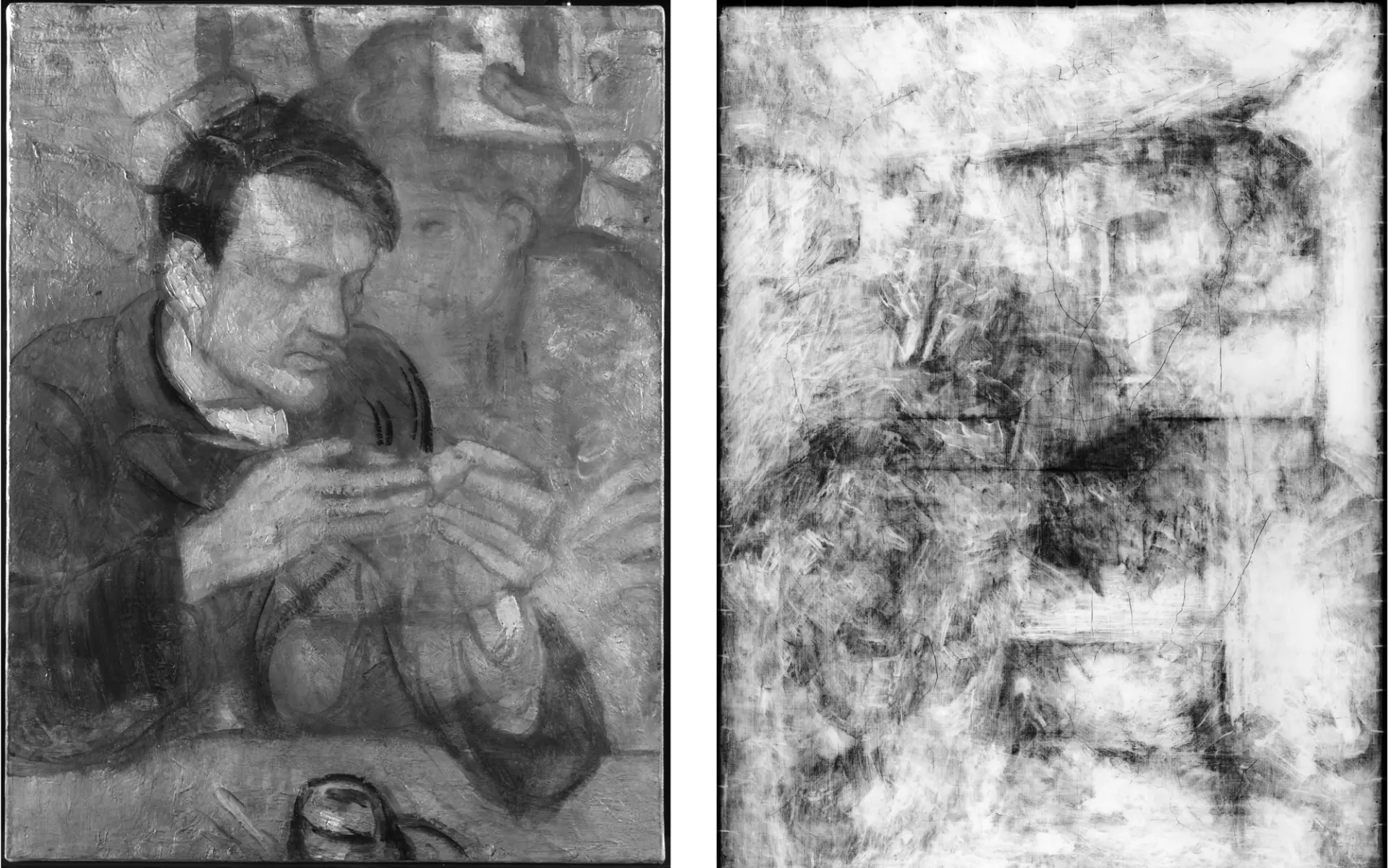
"Conservators at London's Courtauld Institute used x-ray and infrared images to reveal the previously unseen works
Please don't worry, we'll be sure to find your tickets!
If you've paid for e-tickets but haven't received them in the mail, the following has likely happened:
If this does not help, please post to the online chat.

The Venus de Milo, a celebrated ancient statue found on the Greek island of Milos and displayed at the Louvre since 1821, is one of the most famous artworks in the world. Yet relatively little is known about the many centuries of artistic output on Milos and its surrounding islands, known as the Cyclades. In bringing to light this veritable treasure trove of antiquities and artifacts, the Museum of Cycladic Art in Athens is also spearheading new research into the rich historical insights these objects have to offer.
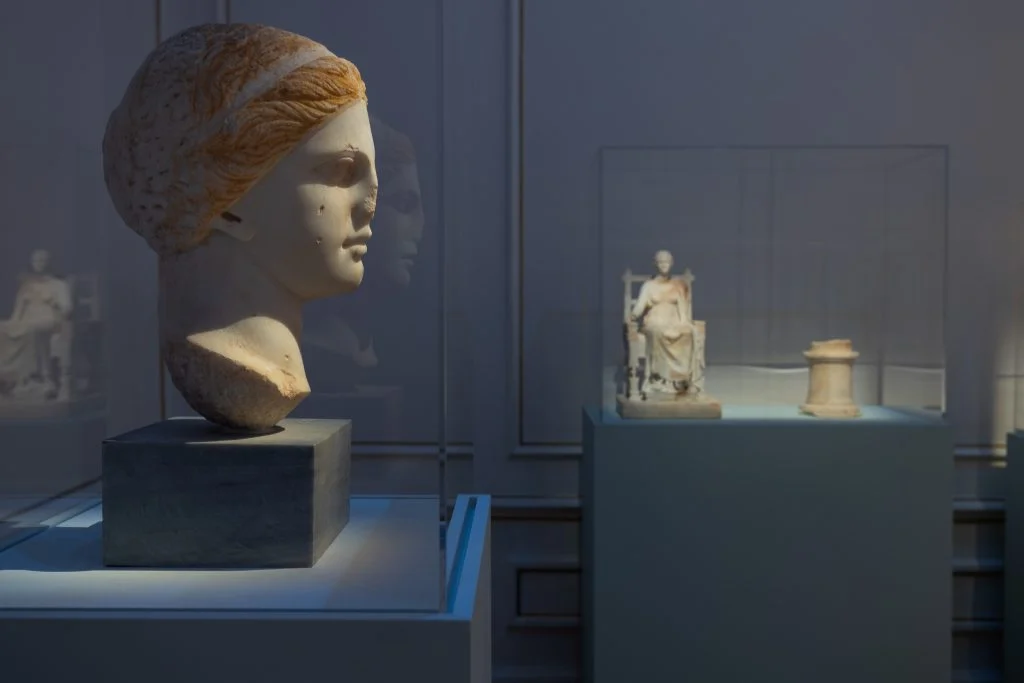
This is certainly the case of a new exhibition "Kyladitisses: Untold Stories of Women in the Cyclades," currently on view until May 4, which uses art as a lens through which to learn more about the lives of the women who, over many generations, inhabited the sunny Cyclades, an archipelago of hundreds of islands including Mykonos, Thera (Santorini), and Ios. Some 180 statues and figurines dating from prehistory to the middle ages represent women in many guises, from goddesses, religious icons, mothers, entrepreneurs, and sex workers, all bonded by their resilience within a deeply patriarchal society.
The exhibition is the first initiative to emerge from a landmark deal signed last year by the Museum of Cycladic Art and the Ephorate of Antiquities of Cyclades, a regional office of the Greek ministry of culture, with the aim of promoting Cycladic art at home and internationally.
Sandra Mariopoulou, museum's president and CEO, noted to local press that it is "the first pan-Cycladic show that has ever been set up: a historic exhibition, as it is the first time it collects so many outstanding works of the Cycladic Islands in one place."

When it comes to critically-acclaimed museum shows, a high premium is usually placed on the uniqueness and rarity of the objects on display. Back in the day, however, copies of an ancient masterpiece would often have to do. This was how the marvels of Greek art made their way to workshops across the Roman empire, in due course influencing the Renaissance masters and Western culture at large. Not only would ideas spread far via reproduction, but otherwise site-specific art could be appreciated in new contexts.
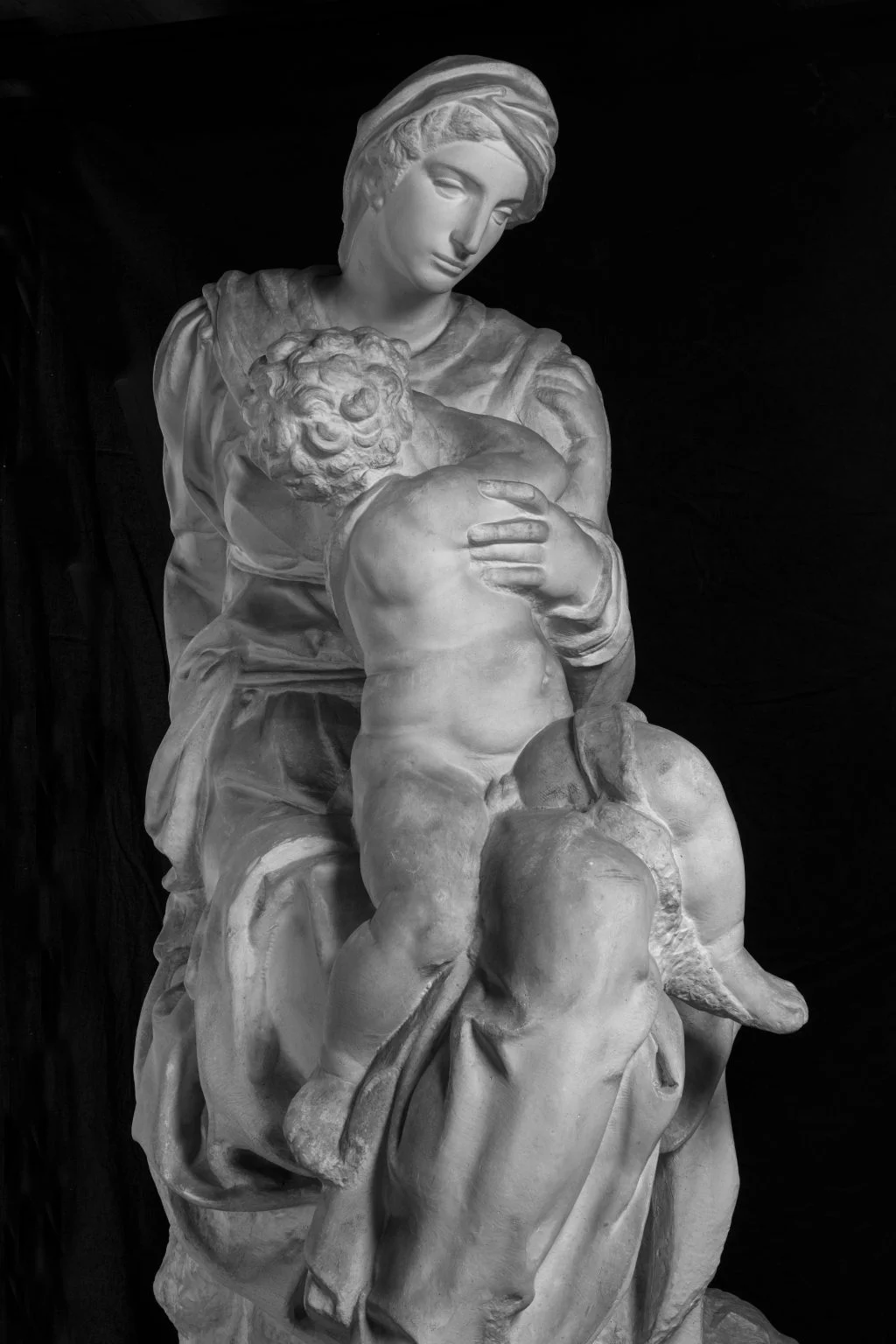
Using technology from Factum Arte in Madrid, the museum will enhance its collection of 19th-century plaster casts of Michelangelo masterpieces, such as the head of David and the Medici Madonna, with newly created 3D-printed replicas. These replicas provide access to works that are otherwise unattainable due to immobility or location. For instance, Michelangelo's depictions of Saints Peter, Augustine, Paul, and Gregory are fixed elements of the Piccolomini Altarpiece in Siena, Italy installed so high that they cannot be easily viewed up close. Other works, like Cupid, are in high demand and geographically restricted, currently on loan to the Metropolitan Museum of Art in New York from France until 2029.
The show's curator, Matthias Wivel, said he is not concerned that the use of replicas might be off-putting to audiences. "We will achieve a beautiful exhibition with them that will be compelling to the public," he said. "The appreciation and study of art has always relied heavily on reproductions. Without them both would be much more limited. Used responsibly, there is huge potential and value in using reproductions."
He conceded that the show is an experiment, and he will measure its success on its ability to "stimulate debate and prompt refinement or rejection, and innovation."
Perhaps the strongest argument for the use of reproductions is greater freedom to build art historical narratives unbounded by practical limitations. For example, the show in Denmark will bring together several pieces originally produced for the tomb of Julius II that have since scattered across different locations. These include the Boboli Prisoners at the Accademia and Genius of Victory at the Palazzo Vecchio, both in Florence, and Rachel and Leah at San Pietro in Vincoli, Rome.
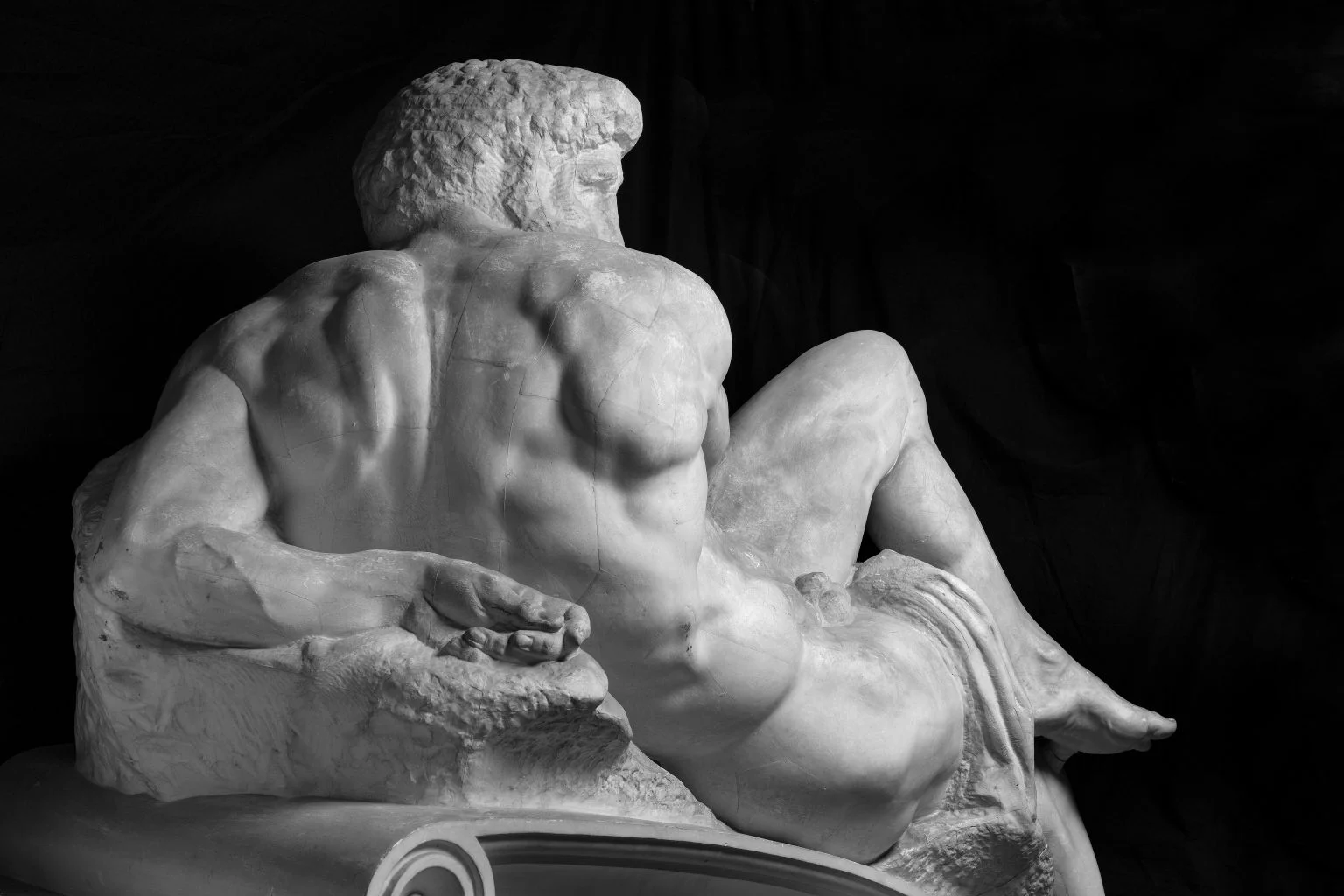
Factum Arte have also been able to reconstruct Infant John the Baptist from Ubedà, which was smashed during the Spanish Civil War. Though the statue has been restored, it still bears the scars of its destruction; the new 3D model was made by referencing archival photographs of the work from before the restoration. Wivel hopes it will "convey some of the wonder of the original."
The exhibition will also reveal how much reproduction technologies have evolved over the centuries. According to Wivel, Factum Arte's facsimiles made using digital techniques are accurate down to the micron level, resulting in pieces of "much higher fidelity than the plasters, in that they reproduce the color, surface, and detailing such as veining, of the marble."
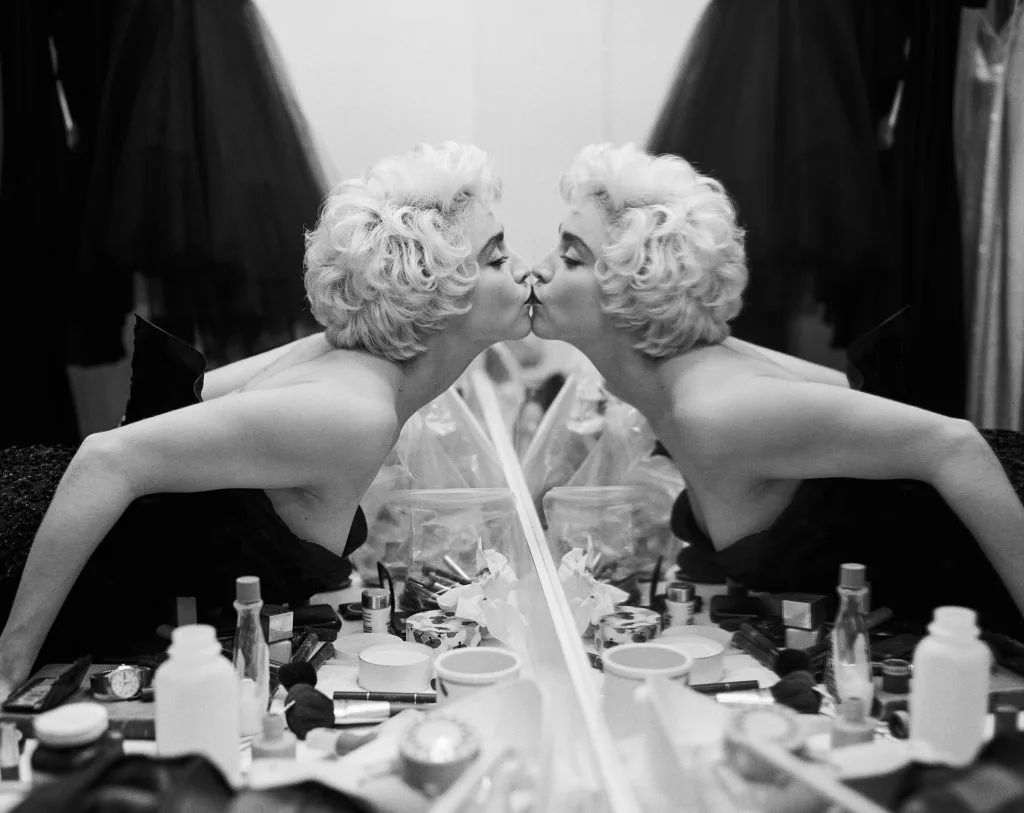
A new exhibition at Prague City Gallery's Stone Bell House arrays hundreds upon hundreds of Bruce Weber's photographs. They represent the iconic body of work he's created over a six-decade career, capturing his fashion photographs, magnetic images of celebrities, photojournalistic outings, and sweeping landscapes.

It's an unlikely venue for a photographer who has long been entwined with American culture—from his portraits of such figures as Madonna and Joan Didion, to his commercial work with the likes of Calvin Klein, to his cinematic tribute to Chet Baker. Yet, over email, Weber, now based between Miami and New York, professed an abiding connection to the Czech capital, one that's only grown since he first alighted on the city to photograph Heath Ledger for Vanity Fair 25 years ago.
"In his downtime, Heath would wander around the city taking pictures and chatting with people. I thought about him a lot when I was there this fall, his open and easy way," he said about the late actor. "Prague has so many beautiful bridges over the River Vltava, which felt a nice metaphor for the connections we're always trying to make as photographers."
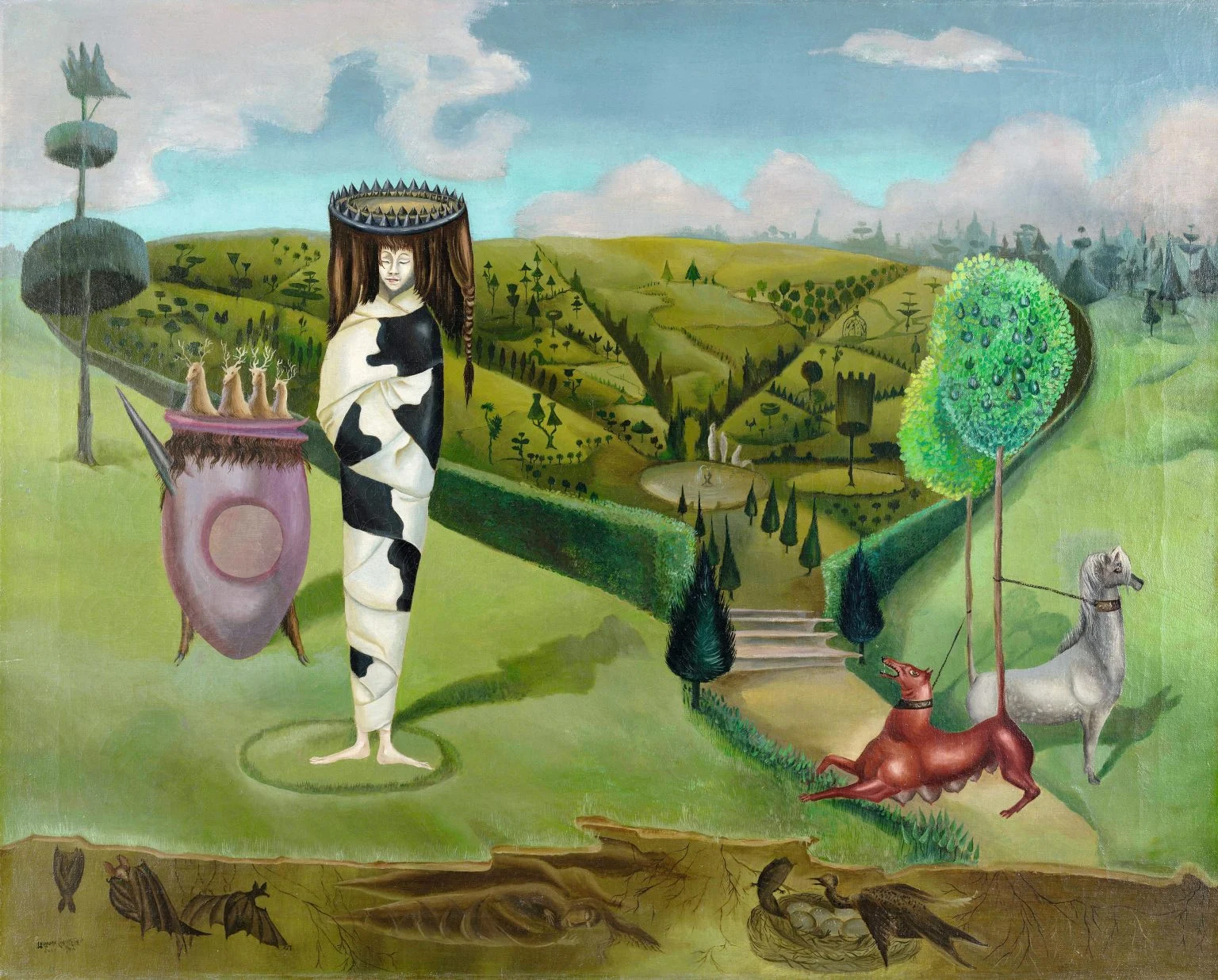
There's still time to catch the expansive, traveling "Surrealism" show on its Paris leg, where the movement originated. This trailblazing exhibition, which changes drastically as it travels—it began at the Royal Museum of Fine Arts in Brussels, and heads to Madrid, Hamburg, and Philadelphia next—is a celebration of the movement's centennial. It also feeds into conversations around several evolving contemporary developments across the art world, including an awakened appreciation for women Surrealist artists, such as Leonora Carrington, who has been setting auction records; as well as new interest in overlooked artists from Latin America; and lastly, a now widespread understanding that art history must been seen as a more pluralistic and global constellation of activity, rather than simply centering on Europe and America.
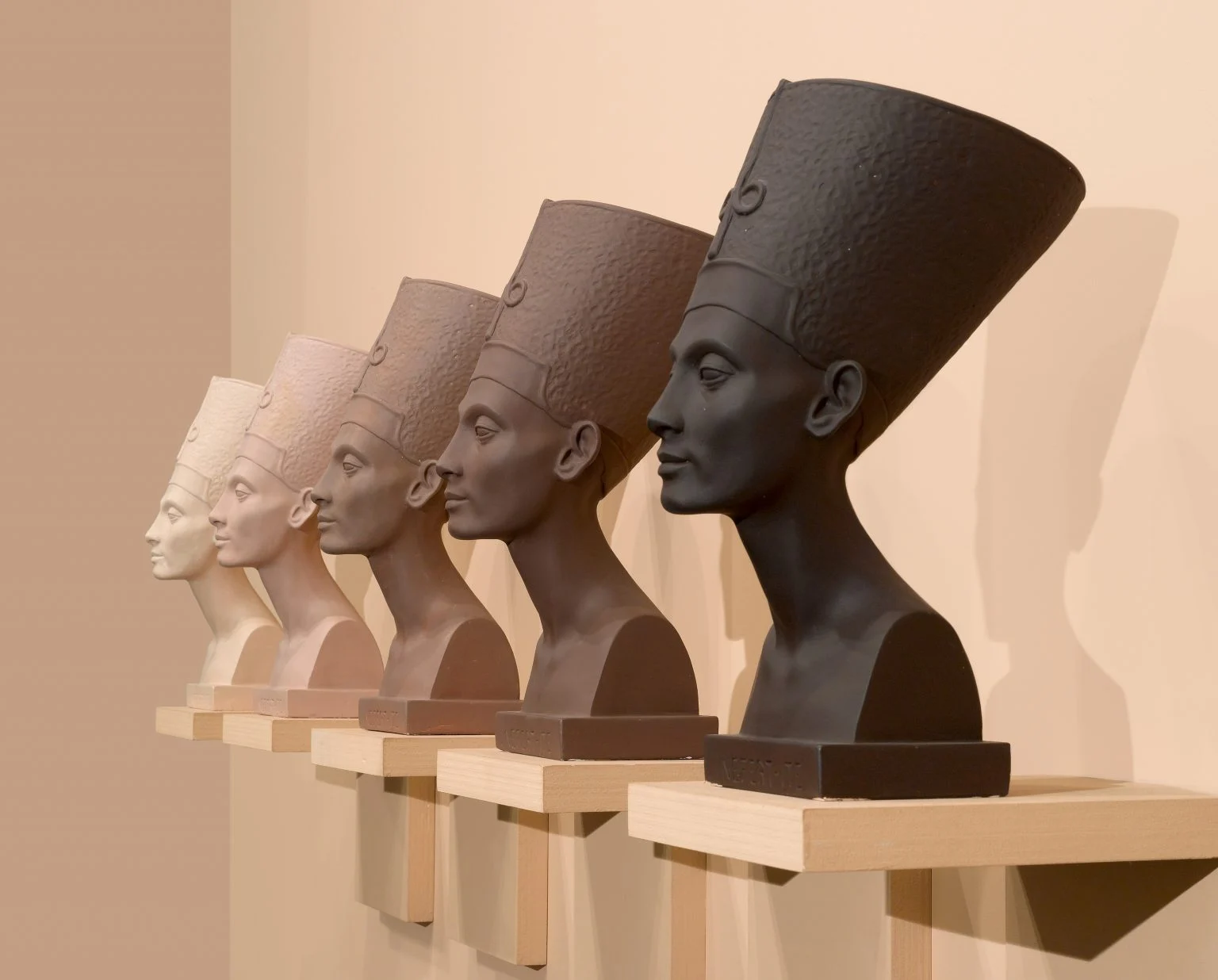
The Met's current exhibit highlights almost 200 years of Black cultural production inspired by ancient Egypt. "It's a noteworthy celebration that feels uncharacteristic—if not unheard of—at this institutional scale," wrote Journey Streams for Artnet, adding the museum's endeavor "imbues the space with an authenticity that is above all else deeply comforting."
But the show nevertheless poses other unresolved questions by evoking controversial claims that classical Egypt was a Black civilization. The exhibition is not actually about archaeological history, but rather, the cultural impact of ancient Egypt on Black artists, though it directly references the heritage claim with featured items that have backed it, like a copy of Martin Bernal's Black Athena: The Afroasiatic Roots of Classical Civilization (1987). The "bombshell" book sparked heated debate in the 1980s and 1990s, as New York Times critic Jason Farago pointed out. Ultimately, he argued the show "dances around an answer" to its core question: "Just how malleable is the classical tradition, and how free are you to play with history?" Egypt was a rich source of classical ennoblement to African Americans, as the show illustrates, "but inventing classical origins… was no innocent undertaking in the 20th century," added Farago.
n the catalog, curator Akili Tommasino actually makes a distinction between a Black embrace of an ancient empire and its rulers, where the Black form of classicism is about liberation, rather than oppression. "Might there be other routes to freedom, perhaps less gilded ones, that do not place such a premium on origins and lineage?" Farago asked. It's a question that would have to be put to all groups, including other minorities, who understandably seek redemption from a painful past.
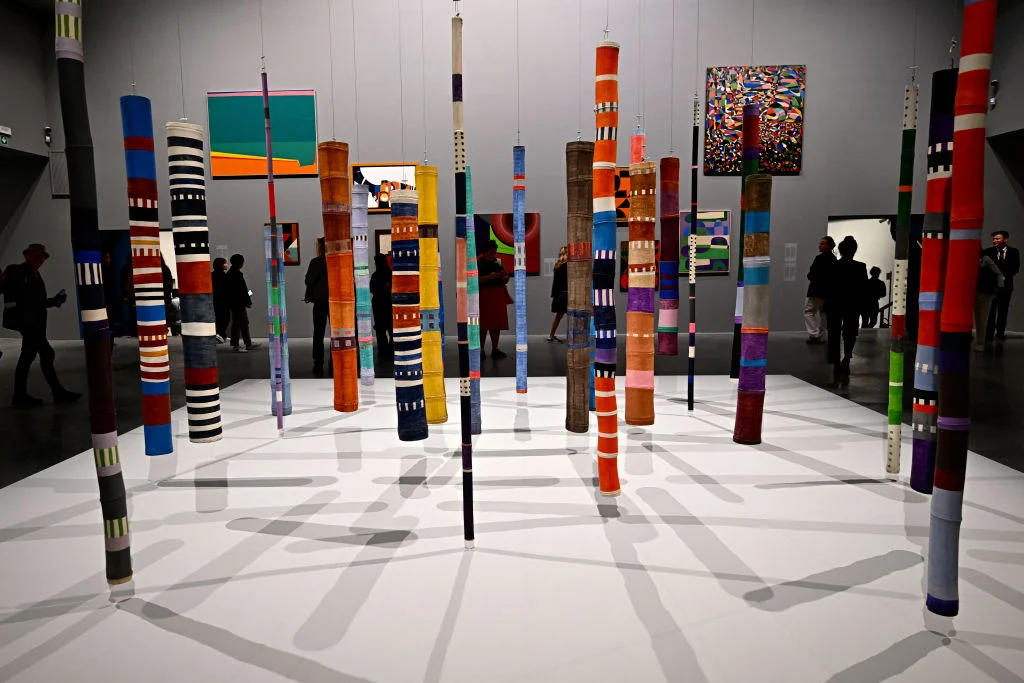
"I think it will be remembered well," wrote Ben Davis in the first of a three-part essay for Artnet. Such large art events can be a mixed bag, but overall, it appears to have mustered a fair degree of approval, despite Davis reporting, "opinion has ranged from airy affirmation to fiery dismissal of the show as the latest crime of political correctness against taste." There was certainly some fire. The New York Times called it, "at best a missed opportunity, and at worst something like a tragedy." And Dean Kissick's controversial cover essay for Harper's described it as "a nostalgic turn to history and a fascination with identity, rendered in familiar forms." He dug further, criticizing nearly a decade of biennials for exhibiting "recycled junk, traditional craft, and folk art."
What, ultimately, was at stake in the biennial? Though it focused on the Global South, "it is more about a kind of metaphor for what is farthest from power," Davis wrote. Yet Adriano Pedrosa's vision of global art history can be "murky," particularly regarding an unbalanced selection of non-Western artists in the Padiglione Centrale Giardini building, Davis observed. "Is the geographic skew a statement about where significant movements happened? Is it a catalogue of Pedrosa's likes? … It's not clear!!" Ultimately, Davis suggested Pedrosa may have "flipped" art history, but not necessarily expanded it, and this analysis rings true. The show "wants to dissent from 'Westernization' in terms of historic associations with industry, design, and the machine… flipping a system that over-valued proximity to Europe and the United States and downplayed local and craft associations as backwards," he added. We can expect to see more of said "flipping," but let's hope it comes with that promised expansion.
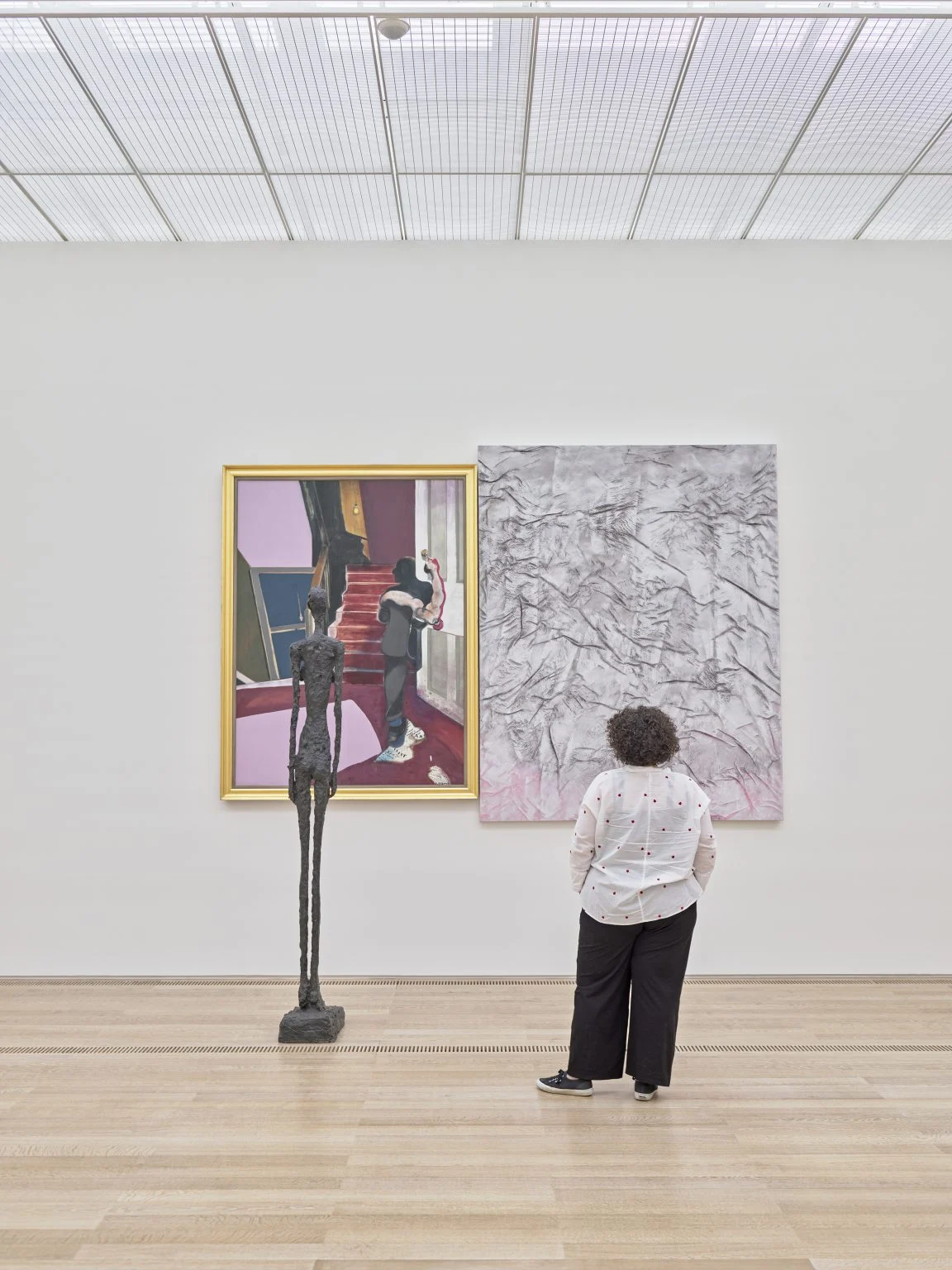
This mysterious, experimental group show was the talk of the art world after it descended on Basel for its namesake June fair. Even the exhibition's title kept changing, from things like "Dance with Daemons" and "Cloud Chronicles," to "The Richness of Going Slowly." A press release gave few indications of what was on view, which was also the point. "It is both over-stuffed with ideas and coyly under-explained—seemingly because the idea is to throw you off balance," wrote Ben Davis for Artnet.
So what was the show? A constantly changing exhibition. Artworks in several rooms were moved around and rehung in front of visitors, often in totally unorthodox ways—frames touching frames. In other rooms, where installations were not constantly shuffled, sculptures were placed just opposite paintings or other sculptures, as if they were looking at each other. One favorite was a life-sized Alberto Giacometti figure staring at a Francis Bacon triptych. "Almost everything here challenges the audience to try to inhabit the museum in some kind of fresh way, engaging the senses as well as the brain," Davis wrote.
Many also wondered whether the show had introduced an entirely new way of exhibiting art, but Davis noted the project—curated by seven artists and curators (Sam Keller, Hans Ulrich Obrist, Precious Okoyomon, Philippe Parreno, to name a few)—is also a "throwback to the 'relational aesthetics' moment that brought some of the bigger artists here to fame." Still, "for my money, the loose-limbed 2000s vibe feels suddenly fresh again," he said.
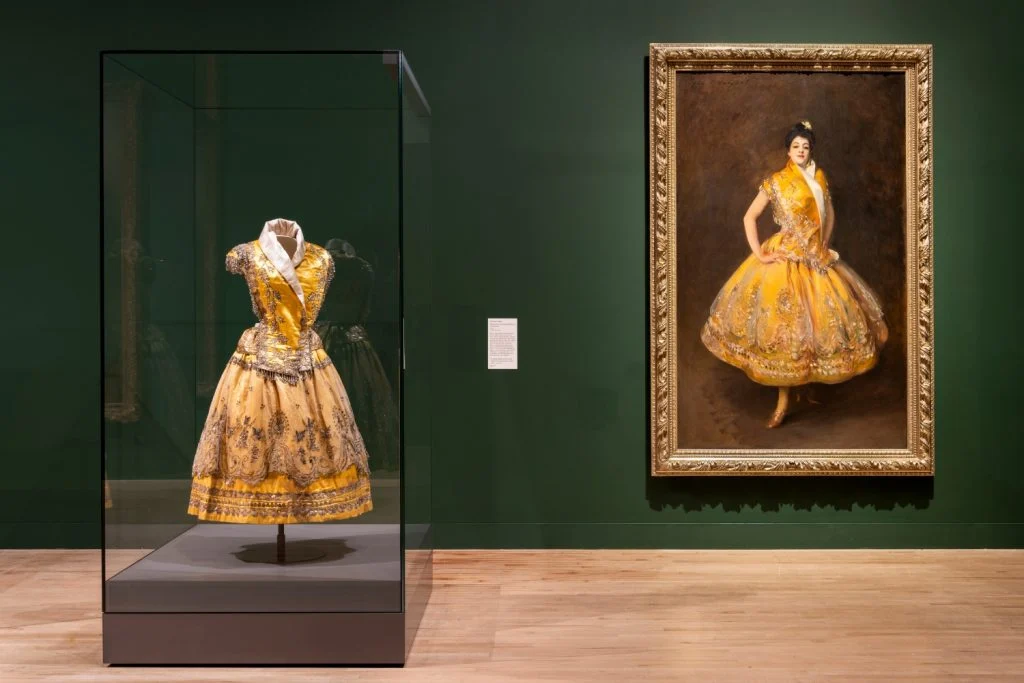
This Tate exhibition aimed to shed new light on John Singer Sargent's sumptuous portraits of late Victorian and Edwardian British society dressed in all their finery, by emphasizing fashion as central to the artist's practice. But, to put it mildly, it fell flat with some critics. "This is a horrible exhibition," began Jonathan Jones in his review for the Guardian. He wrote that the painter was interested in his subjects as "players in a social world," and that he depicted them "in a way that is startling, modern and so truthful it hurts… But was he, above all, a painter of fashion, as this show claims? No way—what on earth are they talking about?" Worse, he said the exhibition's display of clothes matching the paintings, reduces the artist to "a relic with no relevance." Ouch. If you thought it couldn't get worse, there's also this headline from The Telegraph: "Tate Britain: confirms suspicions that Sargent is superficial."
Of course, others said the show offered insights into Sargent's eye for detail in fashion, which he used as a narrative tool for his striking, life-sized portraits. "Walking through the galleries, one feels almost like they are stepping into a century-old conversation between fully sentient figures," wrote Jo Lawson-Tancred for Artnet. "Though some critics have struggled to understand the crucial role that fashion plays in constructing identity, its significance was obvious to Sargent and many of his sitters. Indeed: the artist supposedly once said, he was both a "painter and a dressmaker."

French painter Henri Matisse first came into contact with ukiyo-e woodcut prints in the early 20th century, when various world fairs brought Japanese art to Europe. Struggling to get his own career off the ground (his first solo exhibit at Ambroise Vollard's gallery in 1904 was far from successful), Matisse took a liking to the prints, which offered a whole new way of looking at the world.
As it happens, Matisse's lifelong fascination with, and indebtedness to, traditional Japanese printmaking is the focus of an exhibition at the Baltimore Museum of Art in Maryland. Titled "The Art of Pattern: Henri Matisse and Japanese Woodcut Artists", it compares the French Fauvist's use of color, composition, and pattern to three Japanese printmakers: Kikugawa Eizan, Keisai Eisen, and Utagawa Kunisada.
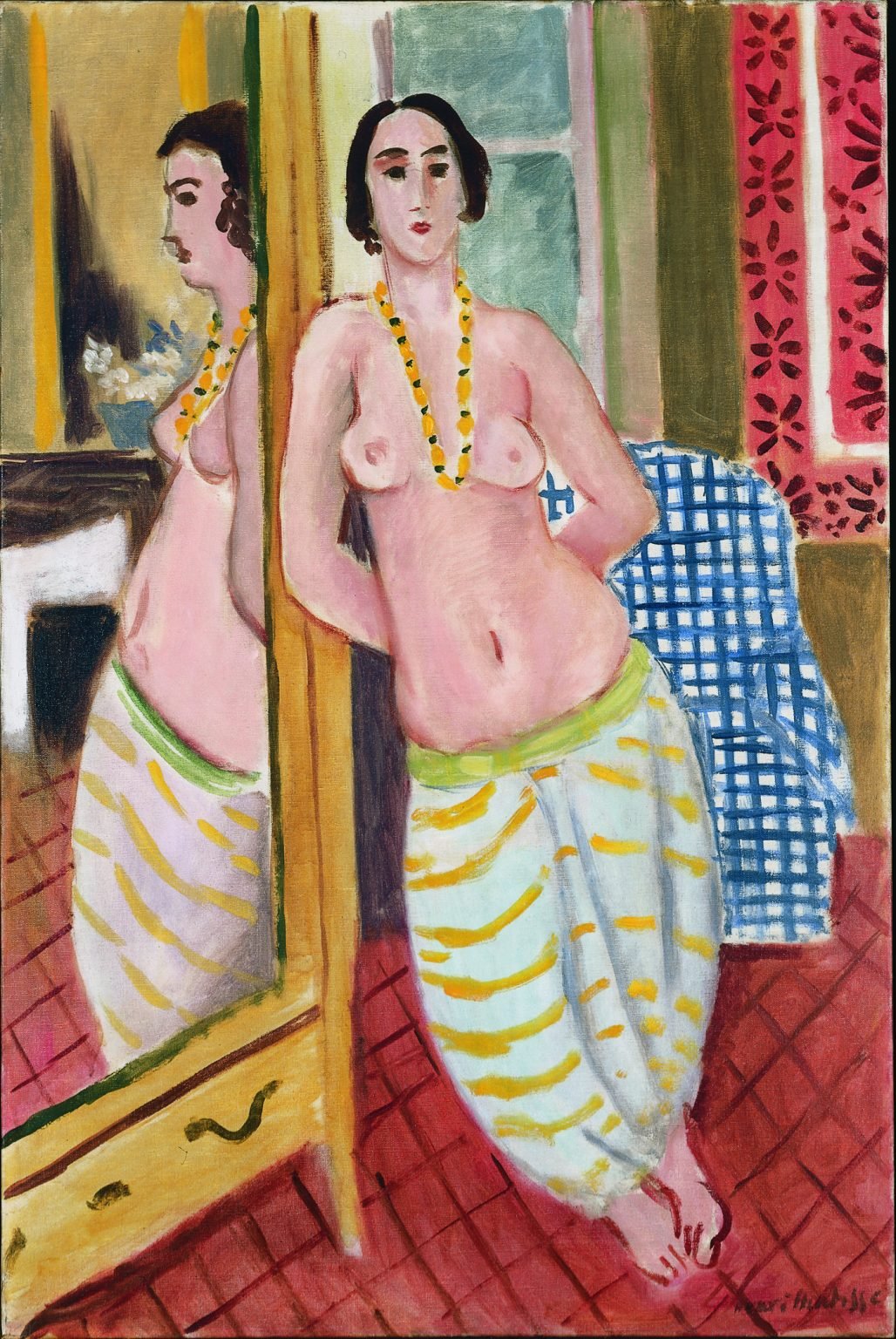

The exhibition also highlights stylistic differences related to taste, culture, and history. Where Matisse typically placed his models in an indoor setting, either undressed or in revealing, sensual clothing, Japanese artists generally depicted female figures in public places, wearing elaborately patterned kimonos that commanded as much attention from the viewer as the individuals wearing them.
By contrast, Matisse often saved his patterns for the dreamlike, colorful interiors his subjects inhabited, like in his 1953 oil painting Pink Nude. If Japanese artists, whose work served a commercial as well as artistic purpose, were interested in representing the material reality of their society,Matisse went the opposite route, treating his everyday surroundings as abstract and transcended. Similar visual sensibilities; different outcomes.
Sandra Mariopoulou, museum's president and CEO, noted to local press that it is "the first pan-Cycladic show that has ever been set up: a historic exhibition, as it is the first time it collects so many outstanding works of the Cycladic Islands in one place."

Matisse was hardly the only European artist at the turn of the 20th century to take inspiration from Asian art. Painters like Vincent van Gogh and Paul Gauguin were likewise enamored with Japanese woodblock prints, and how different they looked from the western art on which they had been raised and educated. Rather than merely copying the works of Eizan, Eisen, Kunisada, and their contemporaries, Matisse drew on various sources of inspiration to create a style that was all his own, and remains singular to this day.

Conservators at The Courtauld Institute in London have discovered an image of a mystery woman hidden beneath one of Picasso's most famous Blue Period paintings. The unknown image was discovered when The Courtauld took x-ray and infrared images of Portrait of Mateu Fernández de Soto (1901), revealing the outline of an unidentified woman with a distinctive chignon hairstyle, which was fashionable in Paris at the turn of the century.
But the research also revealed evidence of another head at an even lower level in the painting, suggesting the canvas was much reused and painted over—something Picasso, like other impoverished artists, would often do to save money.
Aviva Burnstock, professor of conservation at The Courtauld, says in a statement: "Specialist imaging technology such as that used by conservators at The Courtauld may allow us to see the hand of an artist to understand their creative process. In revealing this previously hidden figure we can shed light on a pivotal moment in Picasso's career."
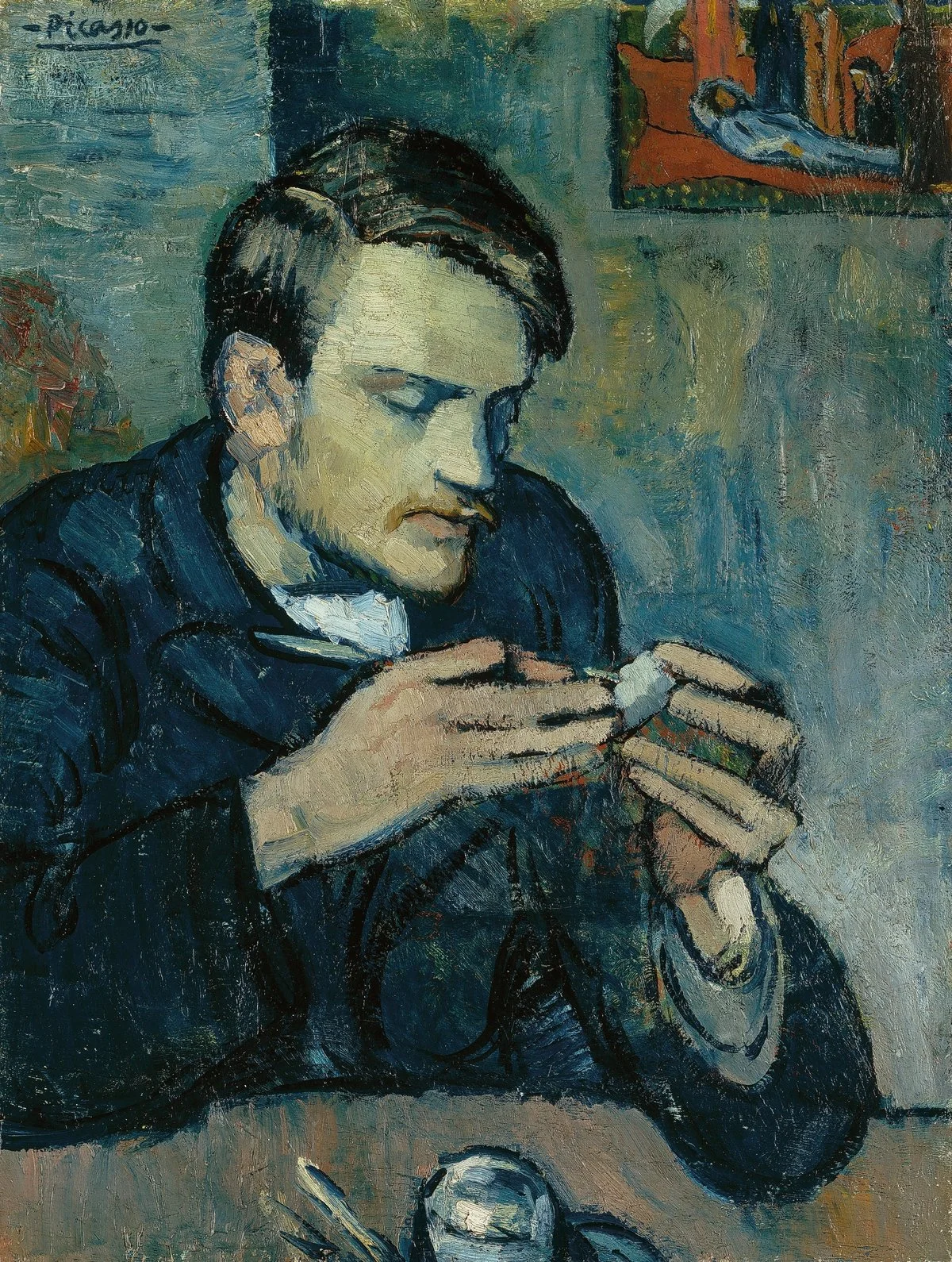

No items to list
Use the search bar above for instant results
To see search results, type here and hit `Enter`
Faster Results
Unlimited Search Results with detailed torrent info
Secure Torrenting
This extension can sync results with BitTorrent and/or uTorrent for instant downloading.
To activate this feature, please click on the button below, and then on the Chrome message to activate the 'Messaging Permission'.
Please allow Messaging Permissions in the proceeding Chrome message.
You have successfully activated the "Messaging Permission" feature. All your search results will sync with BitTorrent and/or uTorrent.
Enter your license key and click on the activate button to start using Torrent Scanner Plus.
Don't have a license key? Click here
You are now an active PRO user
Your key is valid until
Looks like your license key has expired, to renew your PRO license key, please select a license type:
Buy Torrent Scanner +Already have a license key? Click here
Your key is valid until
Your License Key:
Switch back to Torrent Scanner Free?
Help us improve Torrent Scanner, send us comments, bugs, feedback, and suggestions.
FAQ: Click here
How did you like the extension experience?

